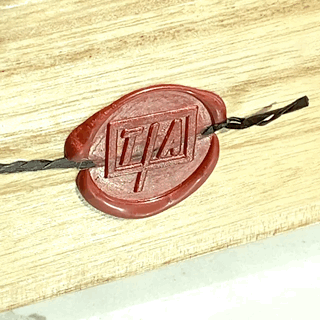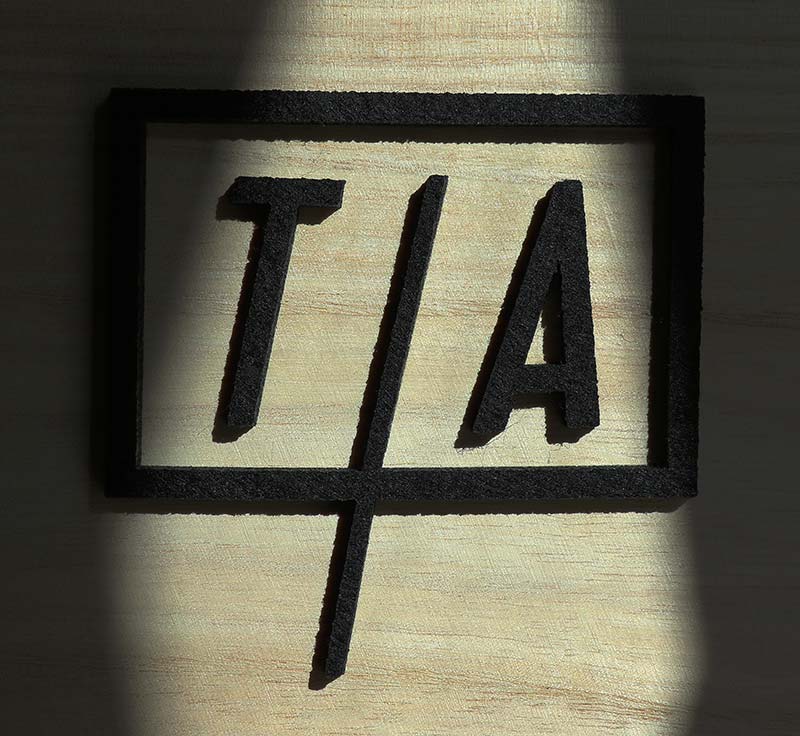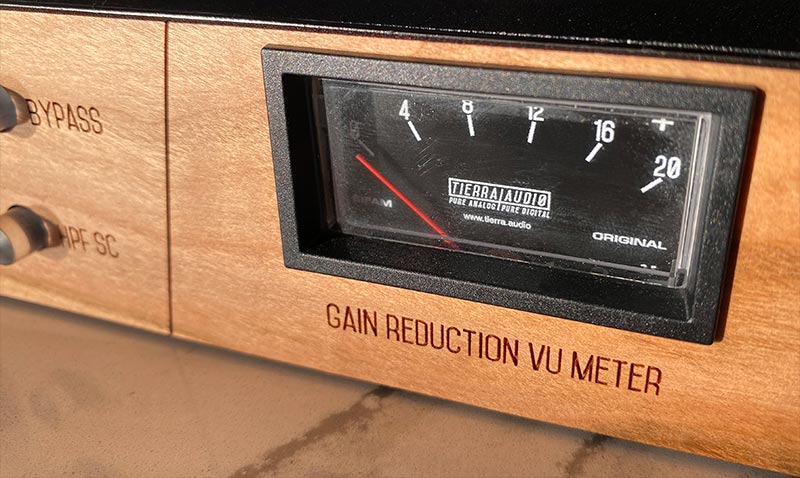A few months ago, we were contacted by Tierra Audio, a new company out of Madrid that was debuting a new mix bus compressor tailored for electronic musicians. Considering that a processor of this type has been on the FutureMusic “want” list for quite some time, we accepted the offer for a long-term review. We subjected the Gravity to five different reviewers, three electronic music producers and two DJs, for a balanced look at this exciting new product. Their impressions in quotes below.

Simple & Elegant
It doesn’t get much simpler than the Gravity, five knobs, two buttons, an analog VU meter and an on/off button, all housed in a single 19-inch rack mount. The cherry wood front panel with laser-engraved description that “goes for a cool, iron-branded aesthetic” looks even better in person than it does in the pictures included in this review. On the back are balanced XLR stereo inputs and outputs with a voltage selector. There is a designated knob for Threshold, Ratio, Attack, Release and Makeup. Two switches for Bypass and HPF SC and a nice black-plated VU meter, which our evaluators found to be “very sensitive.”
Each knob has hard stops on each of the settings. For example, Threshold has -15dB, -12dB, -9dB, -6dB, -3dB, 0dB, +3dB, +6dB, +9dB, +12dB and +15dB. You can’t dial in anything in between. Tierra utilizes a visual fast/slow visual language with cute rabbit and turtle icons in addition to numerical denominations. Our reviewers didn’t find this to be an issue for their applications, but it is a departure from what other brands are providing today.

A Compressor Designed For Electronic Musicians
The Tierra Audio Gravity doesn’t break any new territory with their mix bus compression approach, based on the tried-and-true SSL philosophy. The methodology keeps things quite simple, unlike comparably-priced alternatives that offer many more features. You won’t find an external side-chain input, or a blend knob to balance the wet / dry signal, and the ratio is limited to just 2:1, 4:1 and 10:1. A single set of knobs control both left and right channels. The HPF-SC button was somewhat of a mystery, since none of our reviewers could determine precisely what frequency this side-chain filter addresses “to throttle low frequency storms.” (Tierra recently updated their website to include this information: High Pass Filter Side Chain (HPF SC) Frequency 120 Hz. with -3 dB of reduction @ 100 Hz. —Ed.) It made little impact on the overall mix bus signal in most scenarios, but users may find it useful for other applications, such as recording drums.
The unit “comes in a nice wooden box, but offers minimal protection.” If you’re truly interested in transporting it, from studio to studio, or for live performance, none of our reviewers would recommend employing the box.

What’s ironic is that Tierra claims it will plant a tree for each product sold, but then uses a wooden box, “which will end up in the bin or the back of your closet,” making it somewhat of a waste (especially the warped one that came with our review unit —Ed.). It does make a nice impression with “a great looking wax seal,” but everyone commented how Tierra could have certainly “done without the fancy box and used those savings to lower the already expensive price tag.”
For electronic music, our reviewers became fond of the Tierra Audio Gravity VCA compressor after it spent time in their studios, as well as their DJ and live performance rigs. For our Drum ‘n’ Bass producer, he found it “rounded off the edges of his distorted and buzzy patches without taking away the definition.” Our deep house producer emphasized the “overall softness” of the Gravity’s personality, as well as “corralling the overdone effects Korg bakes into their WaveState [synth].” Four out of the five mentioned the Gravity’s “unexpected low-noise” and two mentioned the “lack of any noticeable harmonic distortion.”


The easiest way for electronic musicians to get their music onto Spotify, Apple Music, iTunes, Amazon Music, Tidal, Instagram, Facebook, TikTok, Pandora, Twitch & much more! Click the banner above or the Go Button to save 7% off of your signup! GO!

Give The DJ Some!
The DJ’s, who both put the Gravity between their DJ mixers and the PA, were also pleased with the results. “First off, the Gravity was super quiet and didn’t add any debris to the signal whatsoever, no matter how hard I pushed it. Second, it added a nice polish…weaving all my tracks, samples and live looping into a cohesive whole.” Our second DJ, who utilizes an Allen & Heath Xone:92, liked what he heard, but desired more sound-shaping controls to precisely dial-in the sound he wanted. “I’d love to see what a Gravity+ could achieve with EQ, bass frequency enhancement and other attributes to not only glue your mix together, but provide a signature sound.”
➤ Tierra Audio Gravity Compressor Specs:
- Line output: Maximum output: +22 dBu 0.1% THD.
- Harmonic distortion (THD): 4 dBu output, less than 0,002% in the range of 20 Hz to 20 kHz.
- Frequency response: From 20 Hz to 20 kHz (0 dB).
- Crosstalk: 113 dB.
- Gain level: Up to +15 dB.
- Background noise (Noise floor): Less than -95 dBu.
- Signal to noise ratio (SNR): Greater or equal to 120 dBu.
- Attack time: 0.14 ms, 0.26 ms, 0.6 ms, 1.7 ms, 4.6 ms, 12 ms, with Ratio 2:1 and Slow Release.
- Release time: 15 ms, 20 ms, 38 ms, 67 ms, with Ratio 2:1 and Slow Attack.
- Ratio: 2:1, 4:1 and 10:1.
- High Pass Filter Side Chain (HPF SC) Frequency: 120 Hz. (with -3 dB of reduction @ 100 Hz.)
- Power source: Two configurable voltage source settings on the back panel: 110 V AC 60 Hz and 220 V AC 50 Hz.
- Operating temperature range: Between 32° and 104° Fahrenheit (between 0° and 40° Celsius).
- Power source fuse: 500 mA.

Conclusion
The question that potential buyers will ultimately ask themselves: Is the Gravity’s mix bus magic worth $1800? It looks great, sounds good and definitely does its job, but compared to other compatible compressors, many of which have more features and cost less, is it worth it? Only you and your stimulus check can answer that question, but it’s certainly a valid debate. Recommended
Rating: 84%
Cheers:
+ Build Quality
+ Aesthetic
+ Low-Noise
+ Sound Quality
+ “Soft Without Losing Detail”
+ Quality Of Results
Jeers:
– Expensive
– Limited Features
– Worthless Box

Tierra Audio’s Gravity costs €1548 / $1857 and is available now.
The Future: If Tierra is truly interested in delivering a mix bus compressor for electronic musicians, they need to figure out how to lower the cost of the Gravity to make it more accessible. We’d start with losing the silly wooden box. As our DJ reviewer cited, a Gravity+ with more sound sculpting attributes, external side-chain input and other modern features would certainly be welcomed. The hard part will be for Tierra to reign in the costs without sacrificing quality.






